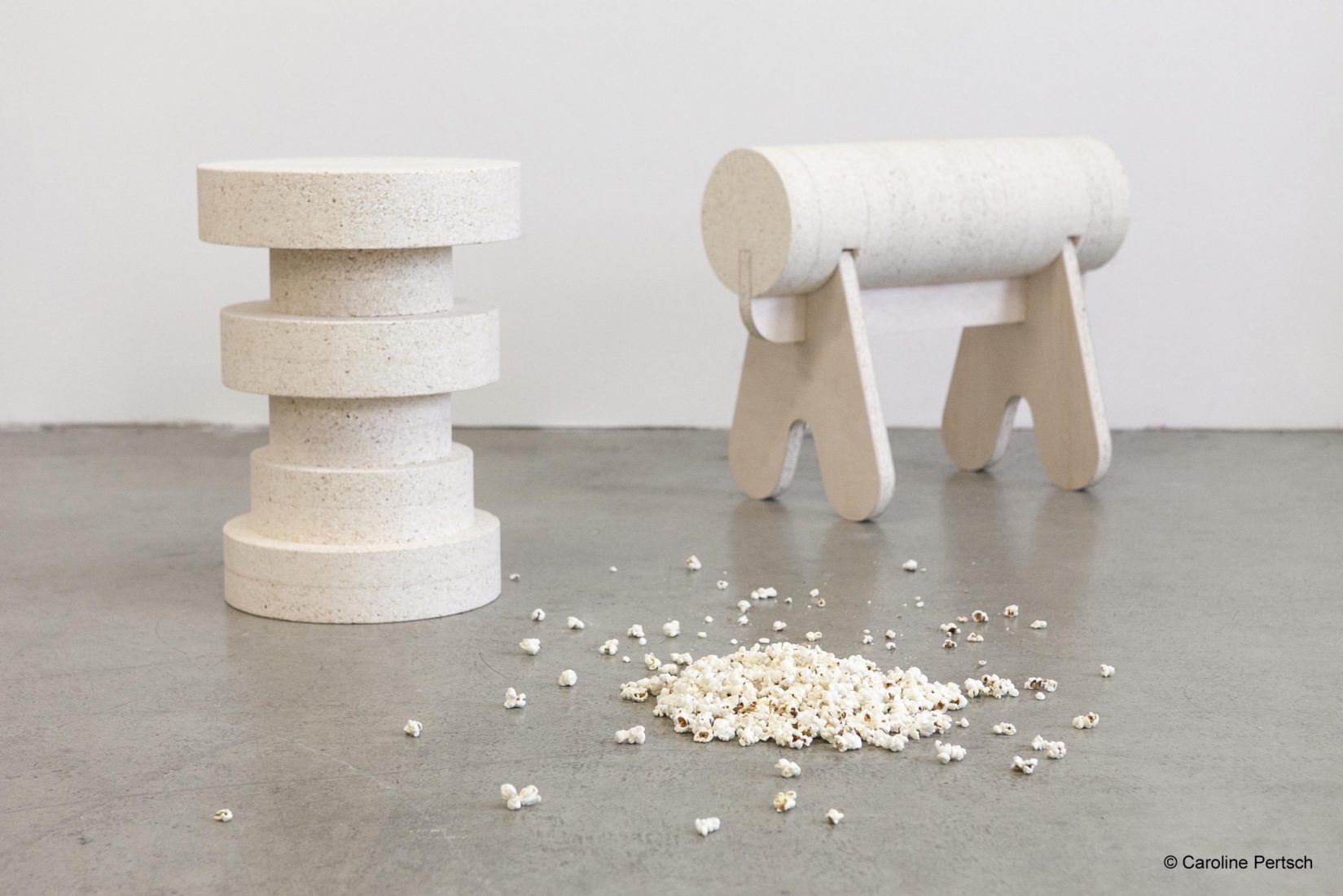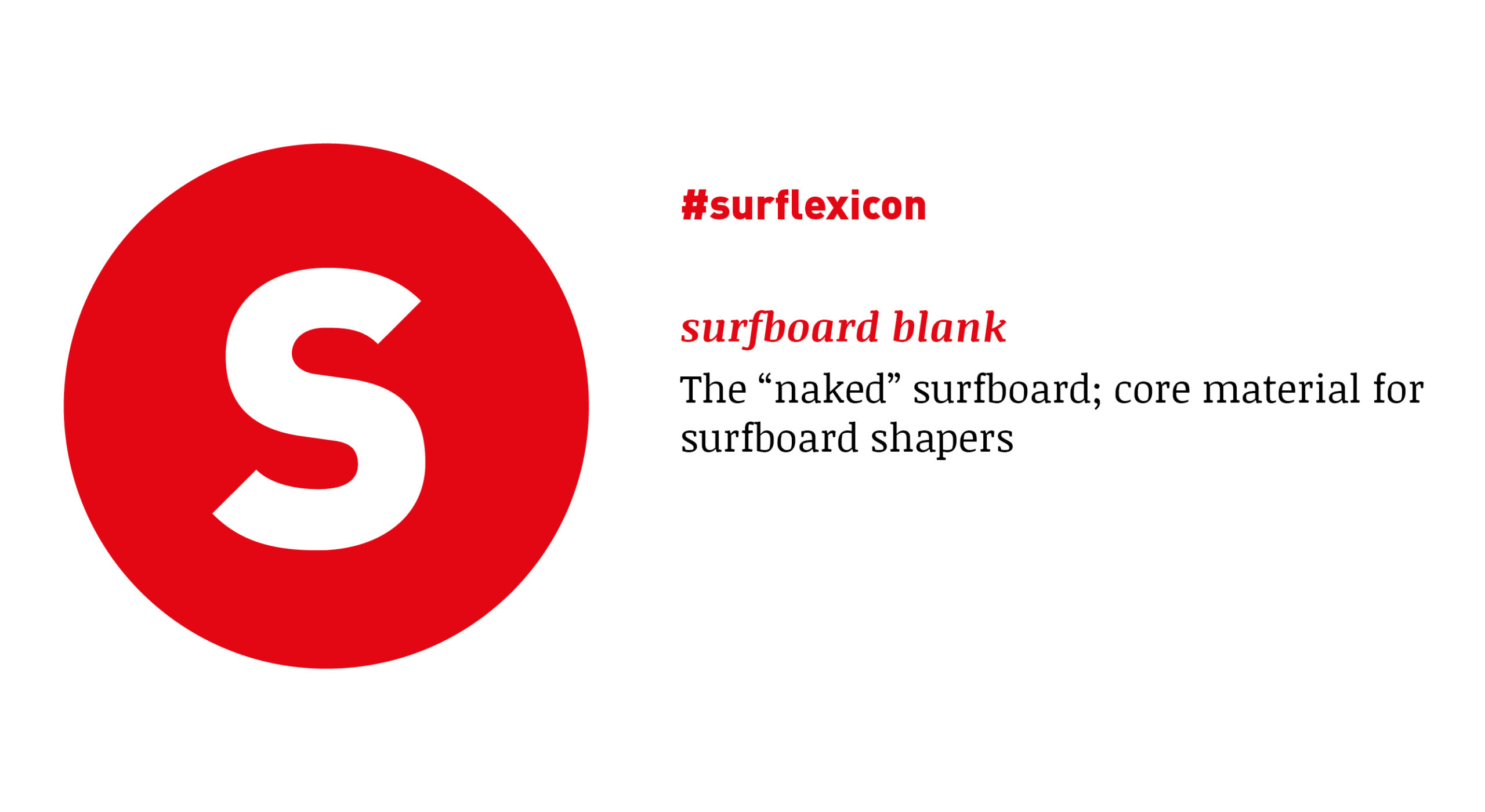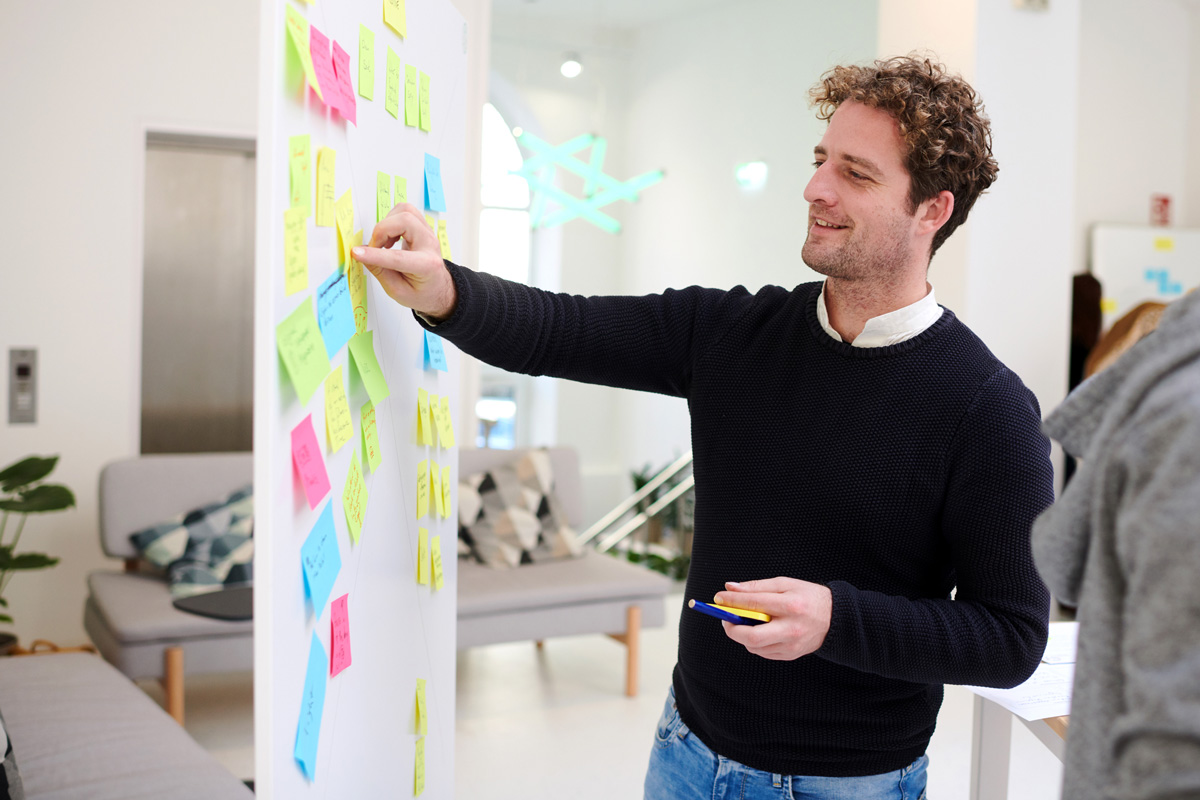
Catching the wave of sustainable surfboards
Written by
How popcorn could transform the surf industry
Passionate surfer and researcher Lloyd Blum knows the dirt of the surf industry and has made it his mission to convince surfers of a better product. He explains why innovating the industry is so difficult, and yet inevitable. With the help of his friends around the globe and a new powerful product from Göttingen scientists, his project might be the surf industry’s best bet to wash its hands clean from half a century of pollution.
What does popcorn have to do with surfing?
Apart from popcorn being delicious, it could become a compostable alternative to polyurethane foam (PU), used as the core material in conventional surfboards. The problem with PU is that it not only ends up as toxic landfill, but it is also carcinogenic in production and propels climate change. Our goal is to replace the harmful material, which makes up most of the volume of the surfboard, with an innovative, patented material made of popcorn, developed by Prof. Dr. Alireza Kharazipour at Georg-Albrecht University in Göttingen.
So, you could leave your surfboard on the beach and at some point, it would dissipate …
… or take it to the cinema, put some sugar on it and eat it! [laughs] On a serious note, popcorn has a number of promising properties. It is extremely lightweight, which is great for surfing and makes transport convenient. More importantly, it can be produced in the exact same density every time, which makes for an eco-friendly industrial product suitable for mass production. The material is currently used to produce countertops and packaging material. Further applications can be insulation for buildings as well as surfboard cores, so-called “blanks”. For our collaborators in Göttingen it is a real challenge to modify the popcorn to fulfil the criteria that makes a good blank, such as its water-resistance and flexibility.

What led you to surfing and ultimately to take interest in the surfboard production?
It all started in my teenage years. I was on holiday in New York City with my dad when I first saw surfers at Manhattan Beach. The same summer I had the chance to learn surfing at a youth camp in Southern France. In the following years, I volunteered for a surf school of the German Surfing Association and spent my summers in France. This way, I got to know and became friends with a surfboard builder from England, through whom I made first connections to the industry. Fast forward 20 years later – I had studied conservation and development studies and was working for the German Corporation for International Cooperation in Madagascar for a food security project. There, I picked up my old hobby again. Madagascar happens to have wonderful surf!
The island is also home to some of the lightest woods on earth, like Baobab, Raphia, and Balsa. Together with a good friend I had the idea to build surfboards out of Baobab, but we soon realized that using this wood would destroy the forest and the fishermen’s livelihoods. In Western Madagascar, they build their light-weight pirogues out of these trees. We came up with an alternative and started planting Balsa trees as a replacement for the Baobab trees in 2015. This is our second collaboration, for which we just submitted a project proposal to the search engine startup Ecosia, as part of a bigger conservation project which is spearheaded by a Malagasy organisation of restoration ecologists in collaboration with the University of Hamburg and the University of Oxford-Brooks. The idea is to reconnect a fragmented Nature Reserve by planting Balsa trees – as a resource for the surfboard industry and as a sustainable income source for local villagers.

Sounds promising! Regarding realising your startup, at which stage are you right now?
We are still very much at the beginning. We have not yet registered a business, which is a strategic decision to keep all options open with regards to funding. We are fortunate to have the institutional affiliation with the University of Göttingen and their patented technology, which is of high interest to investors – the popcorn surfboard is a sexy idea. Our big goal would be to produce and roll out our first popcorn blank prototypes to a select number of surfboard shapers in Europe within our first year of funding. However, we need to stay realistic. We are looking at a really tough market that is highly competitive, ultra-cheap, and locked in a petrochemical, plastic waste industry.
How come the standard surfboard is such a toxic product, while surfers spend most of their time in nature, at the beach?
This is in fact a paradox. We have to look at history to understand this. The oil-based polyurethane foam (PU), which is still used in the majority of surfboards today, was developed and popularised by an American business called Clark Foam, established 1961. The PU foam blanks were a much cheaper and lighter alternative to the previous wooden constructions. For close to 50 years, Clark Foam supplied the major share of the worldwide surfboard shapers with blanks. They abruptly shut down in 2005, which left builders without supply at first, but then opened up market shares for many smaller companies with more innovative alternatives.

Ever since, many new, less toxic materials have been tested. However, the industry is very fragmented. There are around 800 surfboard shapers who produce just under 1 million surfboards per year. Taking this into account – and the fact that surfers have never been rich, but rather ordinary people living at the coast – the profit margins for suppliers have always been very small. PU was cheap, so small surfboard labels readily adopted it. This habituated the average surfer to consume a disposable product at low cost.
What needs to be done in order to change this?
The willingness of customers to pay a bit more for a surfboard is necessary to change the mainstream. Some multinational brands have already gone large strides teaming up with professional sportsmen to use alternative, more sustainable technologies that originated in local tinkerers’ backyards. They have recruited some of the top athletes from the world championship tour to use their boards. As surfing is an aspirational sport, they are important role models for the younger generation. A very promising strategy for us could be, that in the long run we not only produce the popcorn material locally at the European coasts, but that we also seek a collaboration with one of the major brands, that are increasingly under pressure to become more sustainable.
When it comes to starting a business, which methods were you able to adopt from the Young Entrepreneurs in Science workshop in Göttingen?
I was happy to learn about the concepts of Design Thinking and prototyping. We will go through many iterations of different popcorn formulae to get to the right product, so the iterative approach and experimental prototyping will be at the centre of our operations •






